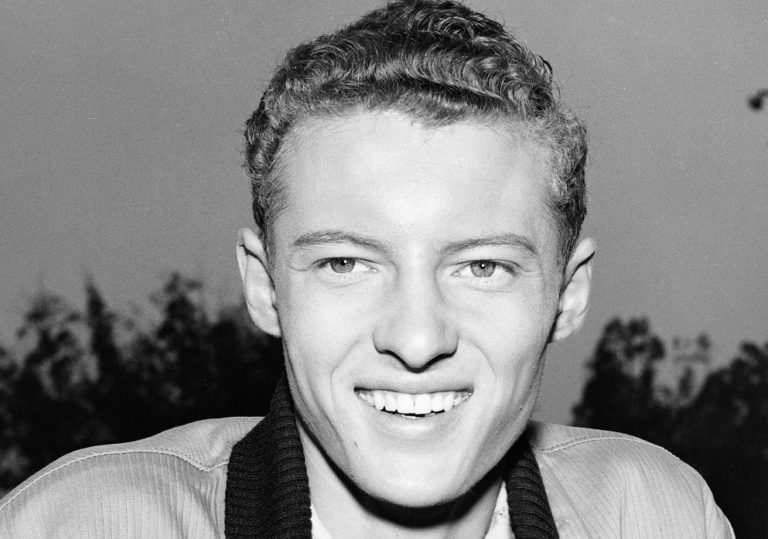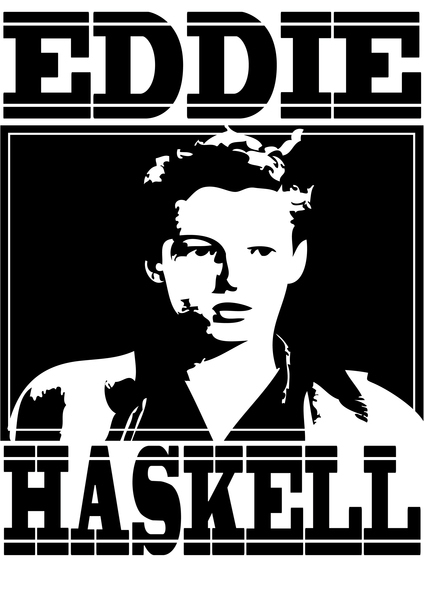

It was more like the drama of “The Twilight Zone” - young boys making their way in an alien land that happened to be postwar suburbia. It was a better-written and better-acted show. A friend of Beavers older brother, Wally, in the show, Eddie Haskell was a snide, smarmy, loud-mouthed braggart in front of his fellow kids and teenagers, who put up a 'sweet and courteous' front whenever an adult or parent was present. It was not in the same vein as the insipid sitcoms of the day (“My Three Sons,” “Ozzie and Harriet,” “Father Knows Best,” etc.). The Eddie Haskell Effect (sometimes called the Eddie Haskell Syndrome) refers to an employee in a workplace environment who acts obsequiously toward. In the same way the era is misremembered, the most representative sitcom of the period, “Leave It to Beaver,” is misunderstood. A culture that in hindsight can look pasty-faced and intolerant in fact included idiosyncratic voices of protest and anti-majoritarian values. It was, after all, the era of, among others, Elvis Presley, Marlon Brando, Thelonious Monk, Allen Ginsburg, Jack Kerouac, Rosa Parks and Central High in Little Rock. In many ways, that’s a mischaracterization. In today’s culture, the 1950s and early 1960s are portrayed as a white-bread era of bland conformity and racism. Perhaps the most telling thing Eddie ever told Wally was, “if you can make the other guy feel like a goon first, then you don’t feel like so much of a goon.”

At heart, he was a decent and likable person. It was that insecurity that made him the way he was. If you watch the show carefully, you discover Eddie was actually a sensitive, insecure kid who grew up in an unhappy home. In a number of shows, the writers attempted to explain the essence of Eddie Haskell and, by extension, why people like him behave the way they do. Actor Ken Osmond, best known as Leave It to Beaver ’s comedically weaselly Eddie Haskell, has died at the age of 76. He was a far more complex character than he is thought of today. According to the NY Times, Eddie Haskell has so endured in popular culture that a psychological syndrome has been named after him the Eddie Haskell Effect. He never used physical violence and even his taunts were generally more good-natured than mean. And, because her co-workers have asked you not to give her specific examples, your hands are tied. When I visited the campus a little girl greeted me warmly. She had often mentioned a girl at her school who was a bully. However, in this case, that appears impossible. My 10-year-old daughter clearly understands the Eddie Haskell effect. Many of the obituaries and tributes to Ken Osmond called Eddie Haskell a bully - he was anything but. In most cases, it is best to use first-hand examples of behaviors. The writers took great pains to flesh out the personalities of the boys and their parents.

Contrary to popular opinion now, the characters on “Leave It to Beaver” were not cliches. Yet for all that familiarity, Eddie Haskell is also one of television’s most misunderstood characters.


 0 kommentar(er)
0 kommentar(er)
